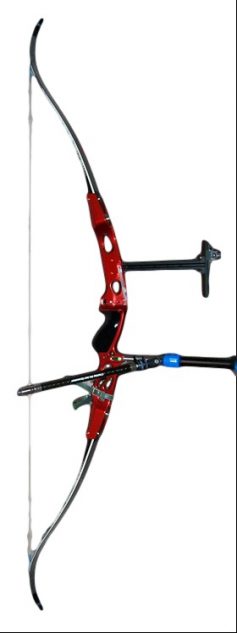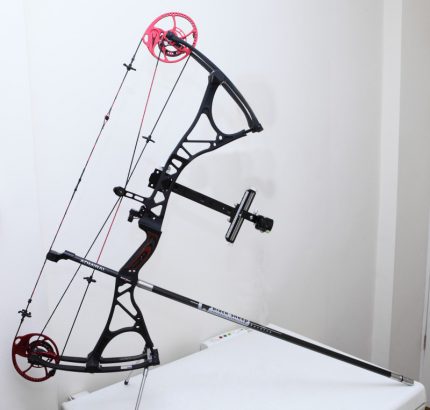Leave a Comment:
(10) comments
Hey,
What would be the best brand name recurve bow that a novice could learn with rather easily?
Thanks,
Seth
Hi Seth,
thank you for stopping by and asking your question.
In the beginning I would recommend to only borrow/rent a bow, before you buy one. This can be from a friend or an archery club.
A bow is rather expensive and it would be a shame if it wouldn’t be used after some time anymore.
The SAS Courage Takedown Bow is a great recurve bow.
If you’d prefer a compound bow, have a look at the PSE Stinger Compound Bow.
All the best and happy hunting.
Moritz
I enjoyed reading about the different bow types. My father had a longbow for ages, and when I was a boy I used to go out into the woods and try to get rabbits. My instinctive archery techniques obviously needed some honing, as I never hit one, but always got close. We also used bales of straw on the farm as our targets, so after some years we all became reasonably proficient.
Would love to try the modern bows one day. I think I’ll have to visit a medieval fair somewhere!
ReplyHello Rob,
it is great to grow up on a farm and have the space to practice archery at home or in the woods.
I wrote an article about instinctive aiming here. Be sure to check it out.
It is often a good way to test bows on a medieval market, but they are usually not of the best quality due to mistreatment.
If you try one, let me know how it goes.
Thanks for your kind words.
Moritz
Great guide! I’m a big fan of compound bows myself, although I first learned on a recurve. I have to admit, even though it isn’t as traditional, a compound bow is just the best weapon an archer can wield when hunting or target shooting.
ReplyHi James,
I agree that compound bows have their strengths and that they are great for both hunting and target shooting.
Recurve bows and longbows are fantastic too, though.
I own a recurve bow and a longbow, but not a compound bow so far.
I have only shot with a few at the archery range.
I do love the traditional aspect of archery and am a great fan of instinctive shooting.
Have a great day.
Moritz
I came up on a root bow I don’t know much about it it’s not strong it’s a root rangemaster serial number F6266 66″ 30+ 28″ is there any way you can tell me more about it and it’s worth
ReplyI have a brand new 40 pound recurve bow.
I worked with it for 2 weeks but I was getting weaker. I was told that it would be no problem in a couple of weeks to pull this bow back. But I found out the person at the store, that I bought it from, never shot or owned a recurve bow. He was only shooting a compound bow.
I am now going to order lighter weight limbs.
When someone tells you to go with a lighter weight, in the beginning, I believe you should listen to him.
They know what they’re talking about.
Hello Dennis,
40 pounds is definitely too strong for a beginner!
Recurve bows don’t have a “let-off” like compound bows have. The guy at the store should know that!
Depending on how strong a beginner is, he should start somewhere between 25 and 30 pounds as an adult.
Only really strong people can start with 40 pounds.
I hope, after getting lighter limbs, you can enjoy your bow more!
Best,
Moritz





